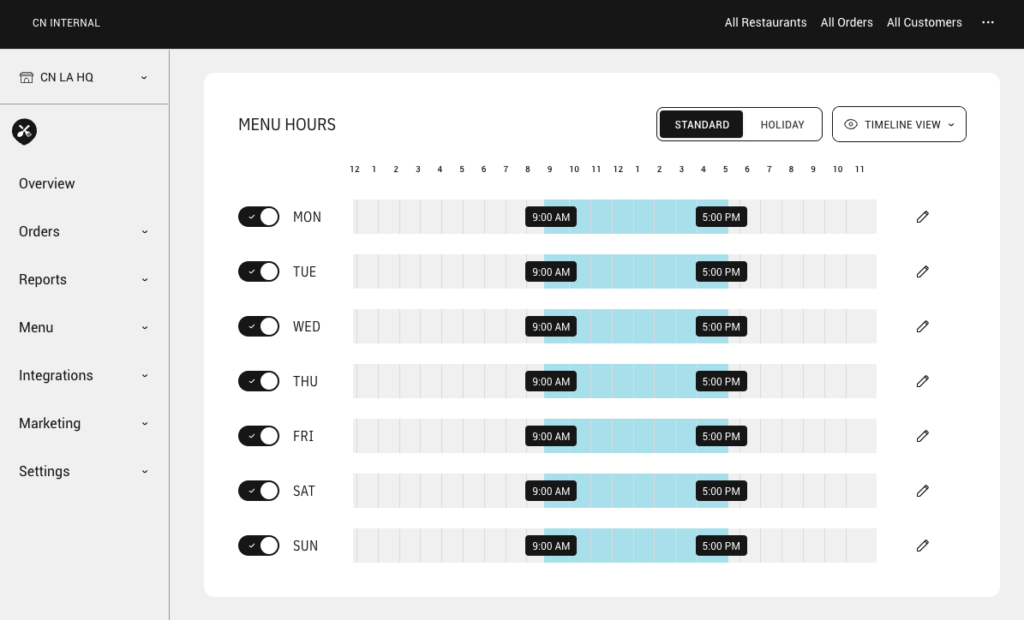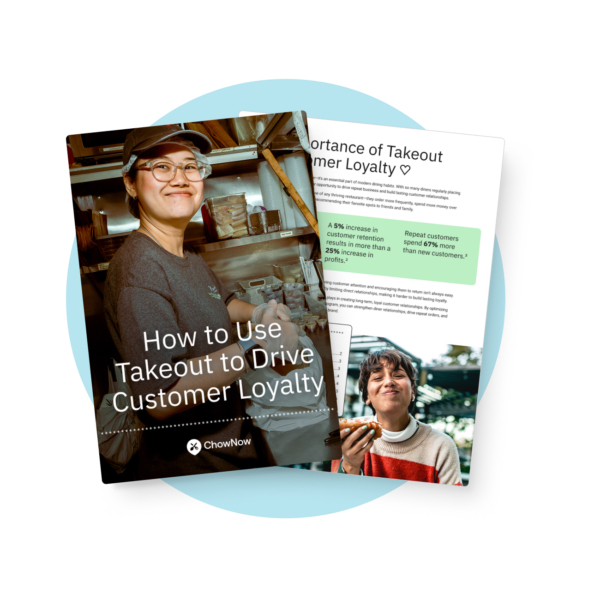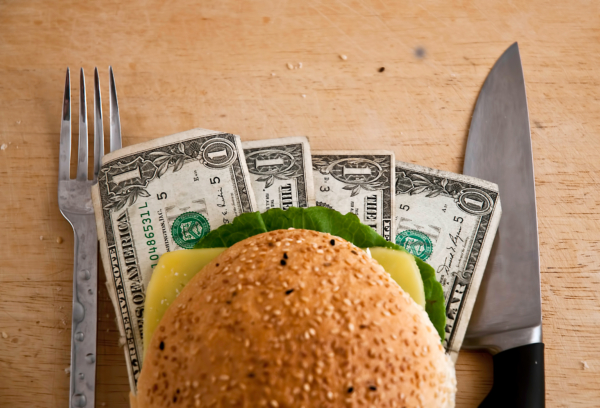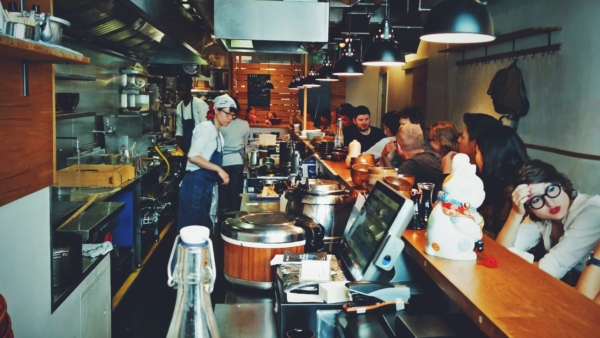Restaurant Labor Cost Percentage: How To Calculate It And Keep It Under Control

Labor is one of the biggest checks you’ll ever write as a restaurant operator. Payroll can swallow 20% to 30% of your revenue in a single sweep, and if you’re not watching it closely, that percentage can creep up fast.
One extra server on the floor during a slow lunch, or a kitchen crew working overtime because of poor scheduling, can quietly erode the profit you thought you earned.
That’s why understanding your restaurant labor cost percentage isn’t just an accounting exercise—it’s a live metric that tells you whether your operation is set up to survive or thrive.
In this article, you will learn:
- How to calculate your restaurant labor cost percentage the right way
- What a “good” labor cost percentage looks like for your concept
- Tools and strategies to keep labor in line without burning out your team
What Labor Cost Percentage Means For Restaurants
Your labor cost percentage measures how much of the money your business generates goes toward paying the employees who help you operate your restaurant. That includes hourly wages, salaries, employee benefits, and payroll taxes; every dollar it takes to keep your restaurant employees working.
The formula is straightforward: you compare your total labor cost to your total sales for the same period, then express it as a percentage (we’ll go into more details on how to do that later).
This number matters because it’s a direct link between your staff and your bottom line. In the restaurant industry, labor and food together make up your prime cost—the two controllable expenses that operators can actively manage day-to-day.
Rent, insurance, licenses, and permits might be set in stone, but managing labor costs is where you can quickly protect or destroy your profit margins.
Why Labor Cost Percentage Matters

Picture this: your restaurant brings in the same total sales this week as last—say, $20,000. But because of overstaffing, your schedule includes an extra 50 labor hours. At an average hourly wage of $15, that’s $750 in additional labor expenses.
Sales didn’t rise to offset the difference, so your labor cost percentage spikes, and your profit margins shrink without any improvement in service quality. That’s the kind of silent hit operators face when they aren’t actively managing labor costs.
What makes labor so critical to monitor daily is that it’s one of the few controllable expenses in the restaurant industry.
You can’t renegotiate rent every month, and food costs often fluctuate with suppliers.
But with the right scheduling, training, and forecasting, you can keep restaurant labor costs aligned with customer demand.
This balance impacts everything: how you set menu prices, how many people are on the floor during busy periods, and whether your restaurant business can actually scale without burning cash.
Tracking your labor cost percentage also reveals inefficiencies that might otherwise hide in plain sight. If your kitchen team racks up overtime pay week after week, or your front-of-house staff spends more time hanging out in the back than serving, those are signals that your staffing model is working against you.
By spotting these patterns early through labor reports or a POS system that integrates scheduling, you protect both your bottom line and your team’s workload.
What’s A Good Labor Cost Percentage For A Restaurant?
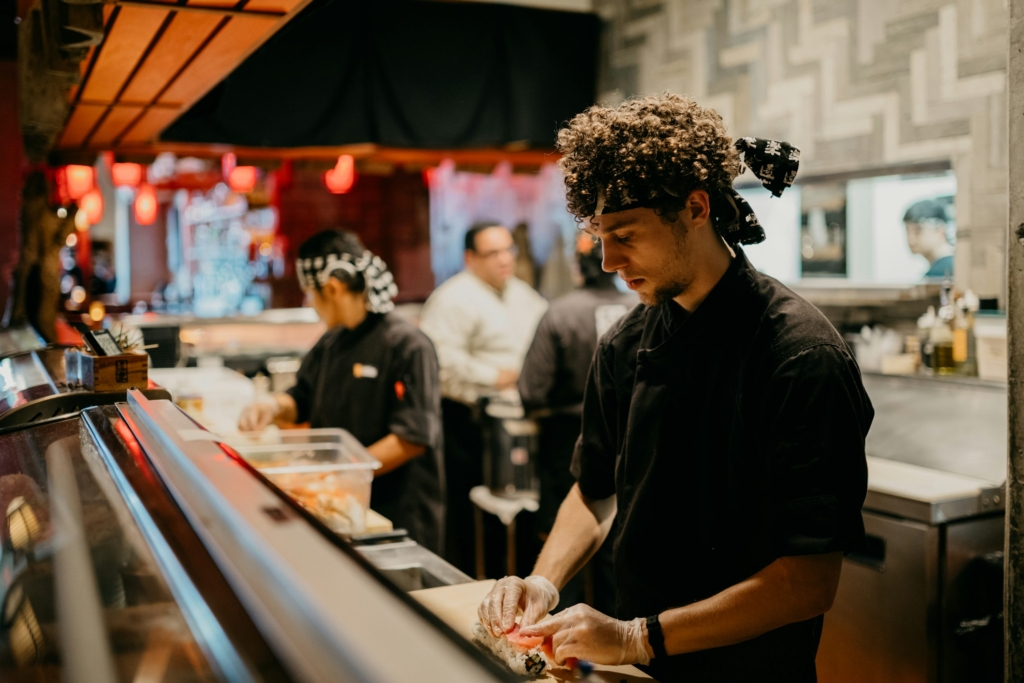
The truth is, it depends.
There isn’t a single “right” answer, but there are reliable benchmarks across the restaurant industry that give operators a starting point.
Here’s a breakdown of the average labor cost percentage by restaurant type:
- Fine dining/full service: 30% to 35%
- Casual dining: 25% to 30%
- QSR: 20% to 25%
Across the board, the average labor cost percentage for most restaurants falls between 20% to 30%.

If your operation consistently sits well above that range, it’s a sign you may need to re-examine scheduling, menu pricing, or efficiency. If you’re far below, it may be worth asking whether you’re under-staffed and putting the customer experience at risk.
Of course, these ranges shift based on your business model, location, minimum wage laws, and even employee benefits like health insurance or paid leave. That’s why two restaurants with the same sales volume can have very different percentages.
The takeaway isn’t to chase a single number, but to use your percentage as a guide.
The right benchmark helps you see whether your staffing levels, pricing strategy, and scheduling practices are aligned with the kind of restaurant you’re running.
How Do I Calculate Labor Cost Percentage For My Restaurant?
Calculating labor costs isn’t complicated—simply take the total amount you’ve spent on labor for a given time period and divide it by your total sales for that same period. Then multiply it by 100 to convert it into a percentage.
Labor Cost Percentage Formula:

(Total Labor ÷ Total Sales) × 100 = Labor Cost Percentage
What to include in your calculations
It’s important to understand what counts as “labor costs,” because it’s easy to assume this solely refers to the paychecks your team takes home.
A full calculation should include: wages or salaries, overtime, payroll taxes, and any benefits you provide, such as health insurance or retirement contributions. If you skip these, your percentage will look artificially low, and you’ll miss the true impact of labor on your bottom line.
Here’s a simple example: If your restaurant spent $12,000 on labor in a month and brought in $40,000 in sales, you’d divide $12,000 by $40,000. That gives you 0.30, or 30%.
- Total labor costs (wages, overtime, taxes, benefits): $12,000
- Total sales for the month: $40,000
- Divide: $12,000 ÷ $40,000 = 0.30
- Convert to percentage: 0.30 × 100 = 30%
Your labor cost percentage is 30% which means that for every dollar earned, thirty cents went to paying and supporting your team.
By running this calculation regularly, whether weekly, monthly, or by pay period, you gain visibility into how well your scheduling matches sales, how rising wages or benefits affect your cost structure, and whether you’re trending toward sustainable margins or letting labor quietly chip away at profits.
Strategies And Tools To Keep Labor Cost Percentage Under Control
Knowing your number is only half the battle. The real challenge is making adjustments that keep labor in line with sales while still giving a great customer experience and making sure your staff gets the hours they need.
Here are practical ways to control labor costs.
Use smart scheduling tools
Modern scheduling software and POS integrations help match staffing levels to actual demand. Instead of relying on gut instinct, you can use real-time data and historical sales patterns to avoid overstaffing during slow shifts or understaffing when things get busy.
Cross-train your team
Cross-training allows employees to step into multiple roles as needed. A line cook who can also prep, or a server comfortable hosting during a rush, gives you flexibility without adding headcount.
It also makes it possible to staff leaner during slower shifts.
For example, a bartender who’s trained to serve can cover a small section of tables while working the bar without getting overwhelmed. Employees usually welcome this arrangement—they often make more in tips, and they’re compensated for the additional responsibility that comes with learning new skills.
Forecast labor with data, not gut instincts
Sales forecasting tools help you plan labor against expected customer demand. Instead of staffing based on intuition, you can look at year-over-year trends, seasonal shifts, and upcoming events to help you predict your staffing needs more accurately.
This prevents last-minute scrambling, costly overtime, or paying for overstaffed shifts because you felt like it “might get busy.”
Adjust menu prices strategically

Sometimes labor costs climb because of forces outside your control—minimum wage increases, benefits mandates, or shifts in customer demand. In those cases, cutting hours isn’t always the best move.
Adjusting menu prices strategically can help you absorb higher costs without sacrificing service or staff quality. Doing this is a balancing act, which is why we suggest you read our Guide to Restaurant Menu Pricing. Framing these changes with value (quality ingredients, service, and hospitality) helps offset the added costs without alienating guests.
The goal isn’t just to cut labor costs, but to optimize the labor you’re already using. The restaurants that succeed long-term are the ones that treat labor as a lever for efficiency and guest experience, not just an expense to trim.
Why Labor Cost Percentage Is Worth Tracking

Month after month, your largest expense will almost always be your labor costs. Tracking it shows you how efficiently your team and sales are working together, and gives you the leverage to make adjustments before small issues turn into shrinking margins.
Restaurant Labor Cost Percentage Frequently Asked Questions
What is a good restaurant labor cost percentage?
The average good restaurant labor cost percentage is usually 20%–30% of total sales. Quick service restaurants often run closer to 20%–25%, casual dining averages around 25%–30%, and fine dining or full service restaurants can reach 30%–35% because of higher staffing needs. The right percentage depends on your concept, location, and service model.
How do you calculate restaurant labor cost percentage?
To calculate restaurant labor cost percentage, divide total labor costs by total sales for the same period and multiply by 100. Total labor costs should include wages, salaries, overtime, payroll taxes, and employee benefits. For example, if you spend $12,000 on labor and bring in $40,000 in sales, your labor cost percentage is 30%.
What counts as labor costs in a restaurant?
Restaurant labor costs include every expense tied to employing staff. That means hourly wages, salaries, overtime pay, payroll taxes, and benefits such as health insurance, retirement contributions, or paid time off. Some operators also factor in training costs and uniforms to get a more accurate number.
How can restaurants lower labor cost percentage without cutting staff?
Restaurants can lower labor cost percentage without cutting staff by using tools and strategies that improve efficiency. Forecasting demand, cross-training employees, and smarter scheduling reduce wasted labor hours. On the revenue side, raising average check size or using automated marketing to boost direct orders can improve the ratio without reducing headcount.
How often should restaurants check labor cost percentage?
Restaurants should check labor cost percentage at least monthly, though many operators review it weekly or per pay period. Tracking it consistently helps identify trends early, so managers can adjust staffing or pricing before labor costs start cutting into profit margins.
